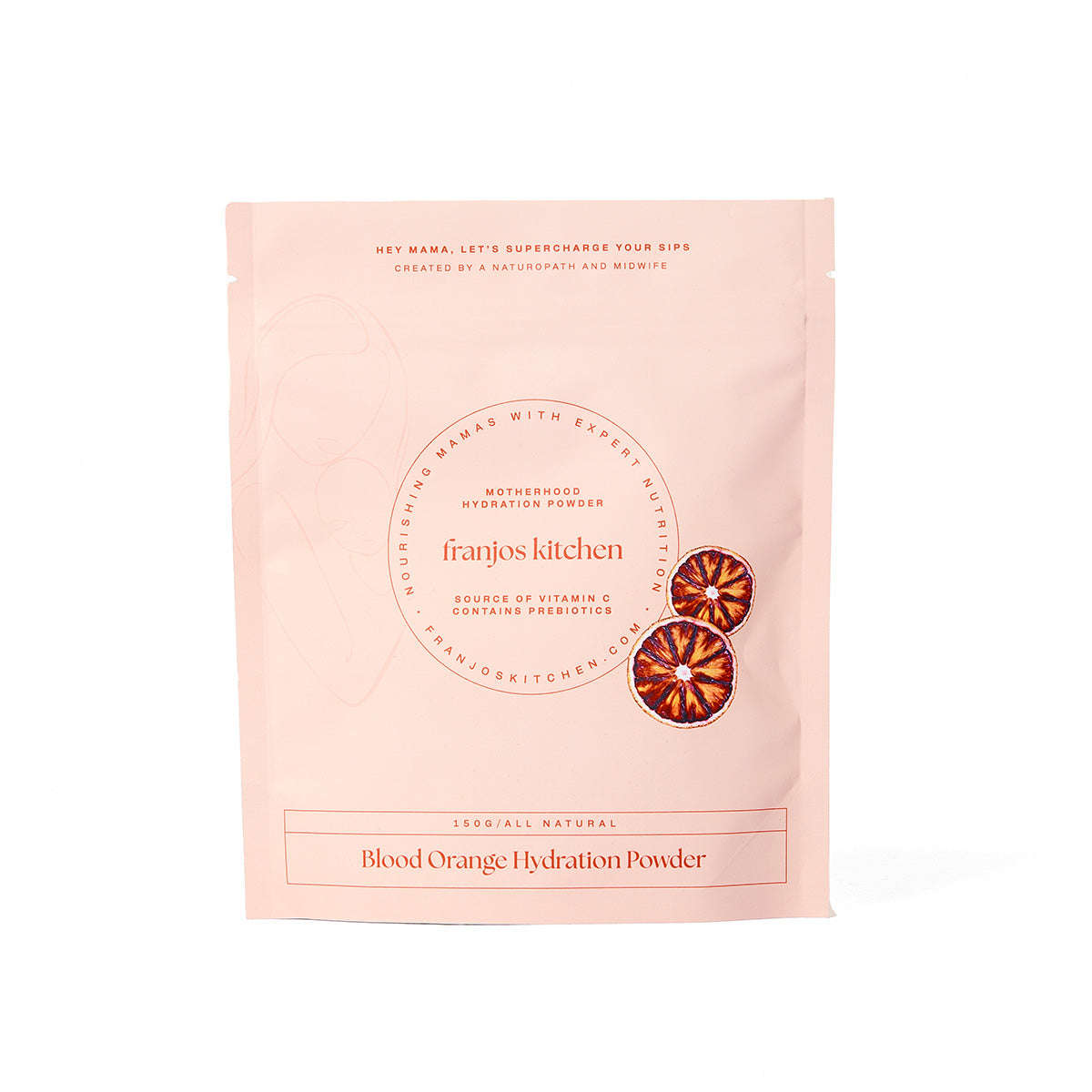Paediatric Nurse Answers: What is a normal temperature for a baby?
A normal body temperature for a baby is around 37 degrees.
If they have a body temperature over 38* Celsius this is considered a fever.
Taking your child’s temperature 🌡
There are a number of ways you can take a child’s temperature. Each method measures your child’s temperature in a different way, and the results can vary depending on the type of thermometer you use.
The best way to check your child’s temperature is with a digital thermometer.
Taking your child’s temperature under the armpit (axilary) is recommended for children < 3 months of age.
-
How to check a child’s temperature under their armpit:
-
Place the thermometer in your child’s armpit.
-
Close your child’s arm over the thermometer, holding their elbow against their body.
-
Wait until the thermometer beeps and then check the digital display for the temperature reading
For children > 3 months, their temperature can be taken with a tympanic (ear) thermometer.
When using a tympanic thermometer ensure that the ear canal is large enough to insert the tympanic probe, if not continue to use your axillary thermometer.
No matter the type of thermometer you have, it’s important to carefully read the instructions that come with it before using it.
If your baby is under three months and has a fever above 38°C, then you should see a doctor straight away, even if they have no other symptoms.
For more information on taking your child’s temperature head to the kids health info fact sheet on fever in children.
Blog from Rhythm First Aid.
Rhythm First Aid is here to educate, empower and equip Australians to be safer and healthier at home, at work, in schools, on farms and in communities.
Please consult your GP for information specific to your child.



